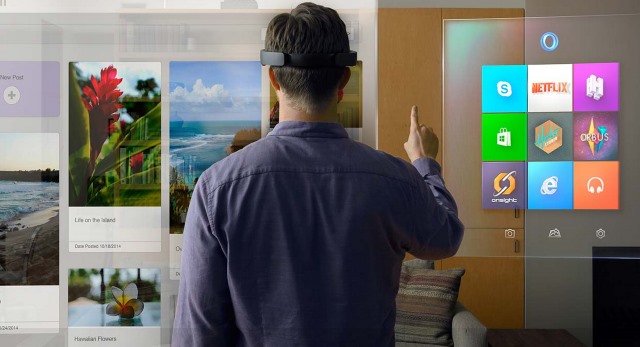Why is Microsoft not selling HoloLens to consumers?

HoloLens is one of the most exciting things that Microsoft is working on. First showcased more than a year ago, this headset could transform how we interact with technology on a daily basis, making it possible to display holograms on top of everyday objects. Imagine having a huge TV that is playing your favorite show showing up on your bedroom wall, or seeing snow falling down around you on a hot summer's day. The possibilities are virtually endless.
But while HoloLens has no doubt captured the imagination of many consumers, Microsoft has not made a kit available to the general public, choosing instead to only offer it for developers and businesses. Question is, why not consumers as well?
Microsoft seems to have no concrete plans to release HoloLens to consumers in the foreseeable future, based on the comments made by project head Alex Kipman during a TED conference in Vancouver. "When I feel the world is ready, then we will allow normal people to buy it. It could be as soon as we say 'yes', and it could be as long as a 'very long time'".
The problem is not the hardware, as apparently HoloLens itself is ready for prime time. That is, if you ignore the crazy price tag, which would put it out of the reach of the vast majority of consumers. Developers and businesses that are interested in buying HoloLens have to shell out $3,000 for a unit.
But, unlike consumers, they will be putting it to good use, creating augmented reality applications that work with the headset. Meanwhile, there are very few things that prospective HoloLens users, from the consumer fold, can actually do with the headset at this stage.
"If a consumer bought it today, they would have 12 things to do with it", says Kipman. "And they would say 'Cool, I bought a $3,000 product that I can do 12 things with and now it is collecting dust'".
This is the major reason for the concern surrounding the consumer availability of HoloLens -- if consumers are underwhelmed by it, chances are HoloLens will quickly lose its appeal. If that happens, the whole project turns to dust.
There is a similar concern with virtual reality headsets, but the number of applications that are compatible with VR headsets looks to be higher than in HoloLens' case. But, at least in this case, the cost to experience this technology is considerably lower -- a typical headset can be had for less than $100.
The content itself is typically offloaded to a smartphone and not hardware that has to be baked into the VR headset, so consumers would only have to get a headset to enjoy some virtual reality content. This also puts less pressure on manufacturers, which know that early adopters will not be very disappointed when they spend a small amount on cutting-edge technology.
Microsoft is obviously aware of the fact that virtually no one will pay thousands of dollars for HoloLens, so the software giant is likely waiting for the moment when this technology will be more accessible to consumers to launch it. And since Kipman says he is in "no rush", there is no pressure to deliver the goods. If Microsoft takes its time, chances are we will get a convincing product on launch day.
